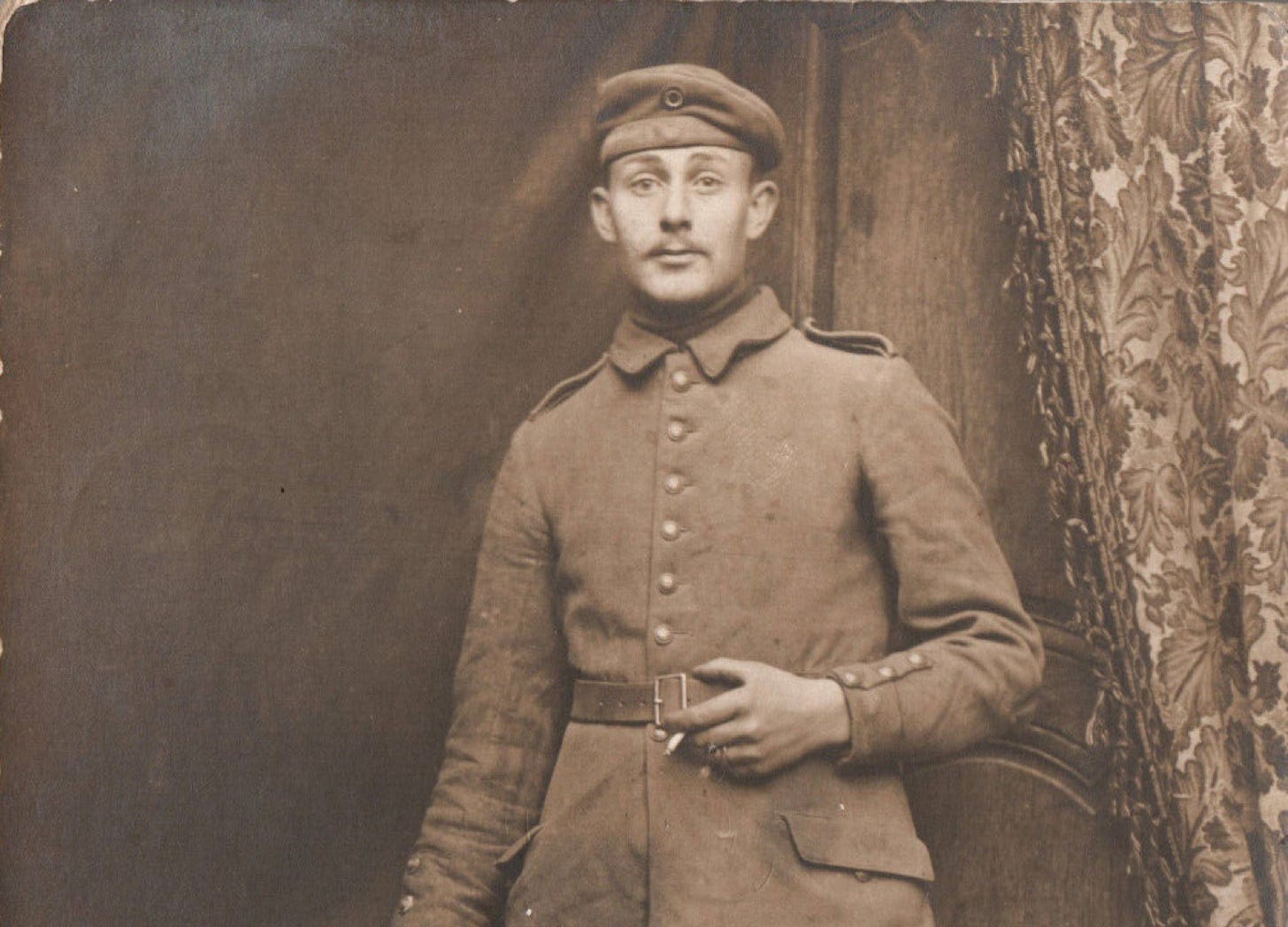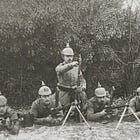The Source of German Madsen Guns
A fact sheet from 14 August 1915
The text that follows is a verbatim translation of one-page memorandum that I found in the folder that held orders related to the raising of the two Musketen battalions. Dated ‘Berlin, 14 August 1915’, it bears neither a signature nor a list of addressees. Thus, I find myself thinking that it may have served as a kind of fact sheet for officers working on this project.
The Musketen issued to the 1st and 2nd Musketen Battalions are Danish Madsen guns, which have been obtained, at considerable cost in time and trouble, from neutral countries.
Originally, we thought that we would use these weapons to arm aircraft. However, as we have more Musketen than are needed for that purposes, we are using the surplus to arm the two Musketen battalions (a total of five companies, each of which gets thirty Musketen) as well as three cavalry regiments (the 4th Reserve Uhlan Regiment, one regiment from the 9th Cavalry Division, and one from the 4th Guard Cavalry Brigade, each of which will get six Musketen).
Officially, the Madsen guns have been designated as captured Russian weapons. Up to this point, we have taken two such weapons from the Russians, one of which remains in storage.
The Madsen gun is an air-cooled automatic weapon, fed by a 25-round magazine. The weapon is well-suited to both continuous fire and fire against point targets. Training will focus on the second mode of employment.
The Musketen battalions are to be considered elite units, designed to repel attacks against points subject to the greatest pressure. To this end, these units receive special training in the use of hand grenades and the means of dealing with poison gas.
Only 30 men within each company are armed with the Muskete. The others devote their attention to bringing up ammunition. Because the muzzle flash of a carbine resembles that of the Muskete, the latter carry carbines.
Source: Unsigned document, dated 14 August 1915, preserved in Folder PH 3/1237 at the German Federal Archives [Bundesarchiv]. (For a stand-alone copy of the document, please visit this page at the Military Learning Library.)
To Share, Support, or Subscribe:
For Further Reading:






Pretty good bit of thinking by the Imperial German Army really, especially in an age when automatic weapons were large crew served weapons used mostly in the defense. Of course if they had been really thinking outside of the (Prussian) box, they might have licensed production of the Madsen before WW I. Units equipped with these might not have been stopped at the Meuse. Any information on what became of these units?
More info on the Madsen:
https://www.forgottenweapons.com/light-machine-guns/madsen-light-machine-gun/
Is Madsen Danish?